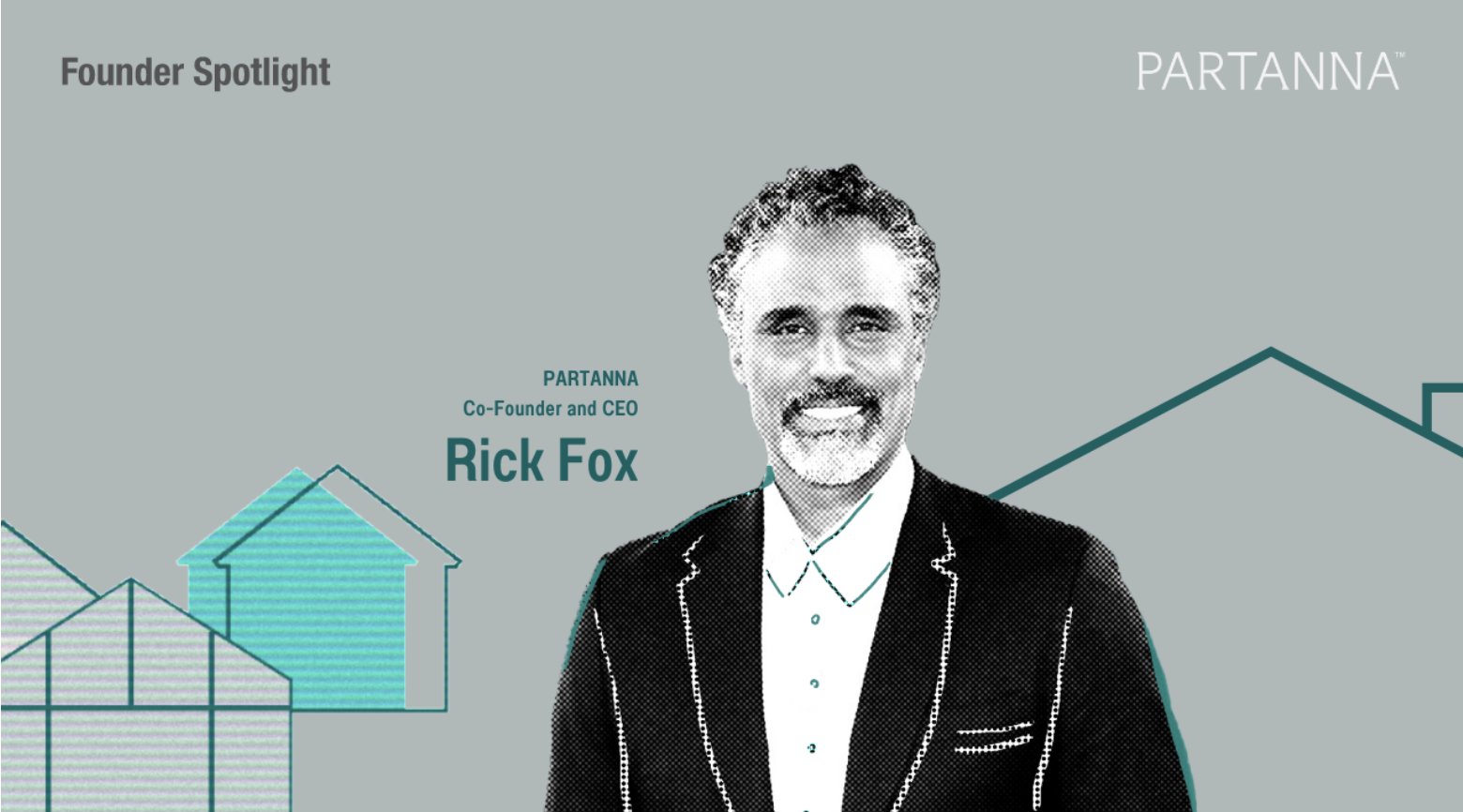AsiaTechDaily – Asia's Leading Tech and Startup Media Platform

How Burc Tanir, CEO Prisync Built A Dynamic Pricing Software For E-commerce?
Burc Tanir is the CEO & co-founder of Prisync, which helps e-commerce companies from all around the world to automatically track their competitor prices and dynamically reprice their products on the fly. He is an industrial engineer by background and based in Istanbul, Turkey.
In an exclusive interview with AsiaTechDaily, Burc says:
In the early days and throughout the first few years, marketing must bring measurable results that are in line with customer demand, not just vanity metrics. Sometimes, I see founders getting a little too distracted around the hype of getting the word out about their startups in media or blogs when they don’t focus on generating demand in their market.
Read on to know more about Burc Tanir and his exciting journey.
Please tell me about your background, and what are you working on currently?
Burc Tanir: I am Burc, an industrial engineer & an entrepreneur based in Istanbul, Turkey. I am the CEO & co-founder of Prisync, the competitor price tracking & dynamic pricing software for e-commerce companies.
What motivated you to get started with your company?
Burc Tanir: I had many of my friends involved in e-commerce either as the founders of e-commerce companies in various market verticals or as employees of such companies. Daily, I’ve observed them complaining about the harsh competition in the market, which was mainly driven by price. They were trying to catch up with all those new competitors popping up every day with manual tactics that took tons of time, was error-prone, and were hardly covering their full assortment. I thought that an automation tapping into that competitor price tracking part could be an idea worth chasing in the global market.
What is your current main product, and (If there is any) can you share any product pivot story from founding to the current product?
Burc Tanir: Prisync is a self-service SaaS product that helps e-commerce companies of all sizes from all around the world to automatically track their competitor prices and also adjust their prices dynamically & automatically in line with those competitor prices & target profit margins. Our central pivot was around 2015, where we decided to serve SMBs with no country limitations with a self-service product instead of offering product customizations and professional services to enterprise retailers in our region.
How have you attracted users and grown your company from the start?
Burc Tanir: Yes, our very first customers were from our region, mainly in Istanbul, Turkey. We acquired those first 10-15 customers via face to face interviews at their offices where we demonstrated our dirty cheap prototype, which was even way more efficient than handling all the competitor price tracking manually by those companies themselves.
What’s your business model, and how have you grown your revenue? What strategy worked best?
Burc Tanir: We’re all about SMB SaaS play. We generate subscription revenue from e-commerce SMBs from all around the world. To go global, we doubled down on digital marketing, mainly around content marketing that helped us to build a solid inbound funnel that drove the majority of our sales leads from more than 50 countries.
How much money (funding) have you raised in total so far? When was the recent funding round?
Burc Tanir: We just raised a 1.1M USD seed round – in January 2020. Before that, we also raised just a bit of angel investment of about 150K USD. So, a total of 1.25M USD so far.
How do you decide when to go out for fundraising? What were the internal decision processes in determining when to begin fundraising, and what were the logistics for this?
Burc Tanir: Before this new round of investments, we were actually kind of bootstrapping with just about 150K angel investment around 2015.
In the last few years, Prisync grew purely organically, and we crossed break even with that in a quite capital-efficient manner.
However, we just started to notice that the organic growth that we generate could have been faster if we could invest further in our product development and a few other sales & marketing initiatives. We tested some of them with our cash, and as they proved the unit economics profitably after doing some math, we decided to raise a round of around 1M USD.
We simply pitched into some of the local VCs that we know from our ecosystem in Turkey and also wanted to have some involvement from a European VC. With our round led by Collective Spark, a Turkish VC and supported by ESOR Investments, a German VC, we quite achieved that.
How many investors have you met so far, and which among them have invested in your past funding rounds? And how long does it take on average to finalize each funding round?
Burc Tanir: I believe I personally met around more than 100 VCs across Europe + the US. However, I did not pitch them all for our recent round as I already knew that we’d fall a little early for their sweet spot. Those were mainly pitches for the future if we could ever realize our growth targets in the coming 1-2 years. For the recent round, I think we had in-depth talks with about 5 VCs and ended up shaking hands with 2.
How did you meet these investors, and which channels worked best for you?
Burc Tanir: One of our angel investors introduced our lead investors Collective Spark to us, and our other investor ESOR was introduced to us by one of our entrepreneur friends in the Istanbul ecosystem.
What are the biggest challenges you’ve faced and obstacles in the process of fundraising? If you had to start over, what would you do differently? (Your insight or advice on this would be beneficial for startups)
Burc Tanir: Keeping the business on track while being fully committed to fundraising was pretty challenging. Given the fact that our round took about six months, I tried to keep my mind divided in a structured manner. However, if I’d start over, I’d stick with a three months period where we start talking to VCs and closing the round within that timeframe and then fully commit on the growth of our business.
What are your milestones for the next round? And what are your goals for the future?
Burc Tanir: We aim to triple our monthly recurring revenue within the next 15-18 months, and around that time, we’ll looking out for further investments to enable our global growth further.
What are the most common mistakes founders make when they start a company? (or What should all first-time startup founders know before they start their business?)
Burc Tanir: It’s the customers & their demand that matters in the very first days. Nothing that adds up to that could be postponed, I guess. Obviously, for a SaaS company, while analyzing and fulfilling that demand, one should get geeked about their product and make sure that it’ll improve as the customer demand gets more sophisticated in time.
That’s what they call product-market fit actually, not something that I came up with.
What do most startups get wrong about marketing?
Burc Tanir: Again, in the early days and throughout the first few years, marketing must bring measurable results that are in line with customer demand, not just vanity metrics. Sometimes, I see founders getting a little too distracted around the hype of getting the word out about their startups in media or blogs when they don’t focus on generating demand in their market.
What’s the best advice you’ve ever received? And What advice do you have for someone who is interested in doing similar things like yours or in a similar direction?
Burc Tanir: “Fake it till you make it.”
While building a SaaS product with limited resources and a burning desire to get customer feedback, an entrepreneur should never wait till they ship their first product version. A dirty cheap pdf deck that mimics the dashboards of the product can simply be the very first version of your software when you build clickable journeys within that pdf as if you’re going through the software itself. That’s how our very first customer meetings ran, and we generated solid feedback when compared to what we really had in hand & demonstrated.
What are the one or two things that you would do differently if you could go back to 10 years ago?
Burc Tanir: Very honestly, I thought about an answer to this for more than 10 mins, and nothing came up to my mind, which made me realize that I am quite satisfied with the way I’ve spent my last ten years. 🙂
You can follow Burc Tanir here.
Are you looking to secure investment for your startup or a keen startup enthusiast, keep an eye on our interview section.
Follow Asia Tech Daily to know about the innovative startups and how they are revolutionizing the ecosystem.





